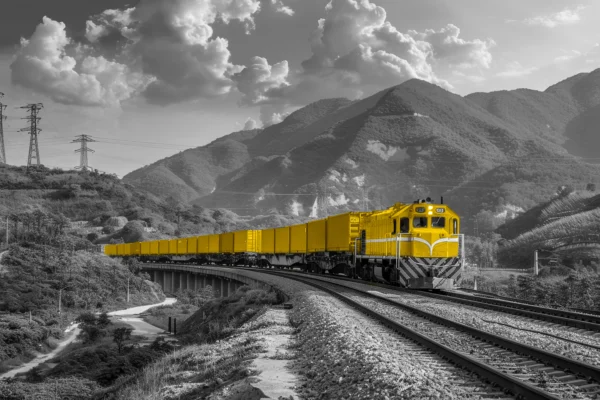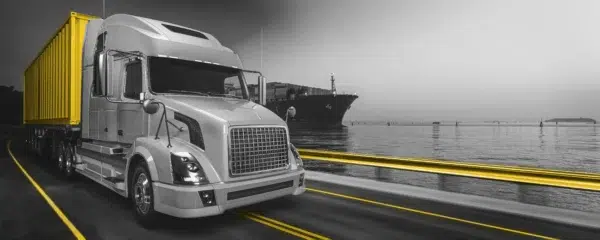
A beginner’s guide to shipping intermodal
March 27, 2023
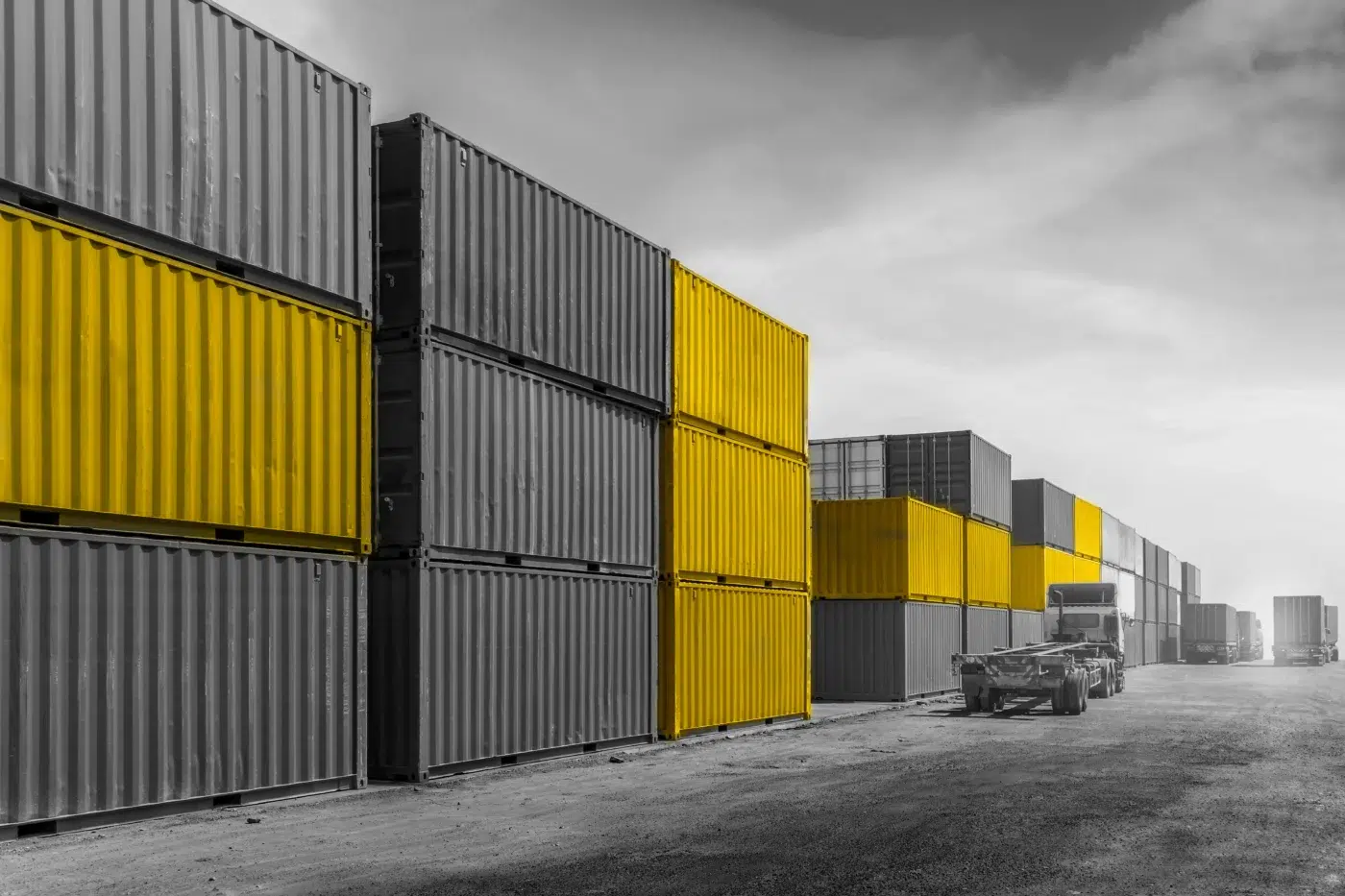
Intermodal is a method of moving goods door-to-door using two or more modes of transportation, including truck, rail, ocean, and/or air. It is an efficient and cost-effective way of shipping goods across long distances and has become an increasingly popular mode of transportation.
In North America, intermodal mainly uses a combination of trucks and rail to move containers from pickup to destination. A typical intermodal shipment will look like this:
- The intermodal carrier receives a shipment notification from its customer.
- A container is dropped off at the shipper’s location by a drayage carrier for loading. The container may be live-loaded while the drayage carrier waits, or the container may be dropped for an extended loading period.
- The drayage carrier will move the loaded container from the shipper’s location to a rail terminal, where it will be loaded on the rail.
- The container will move on the rail for the linehaul portion of the shipment.
- When the train reaches the destination terminal, the container will be removed from the train and stored in the rail yard until the destination drayage carrier arrives to pick it up.
The drayage carrier will deliver the container to the shipper, where it will be offloaded while the drayage carrier waits or will be dropped off for an extended offload period.
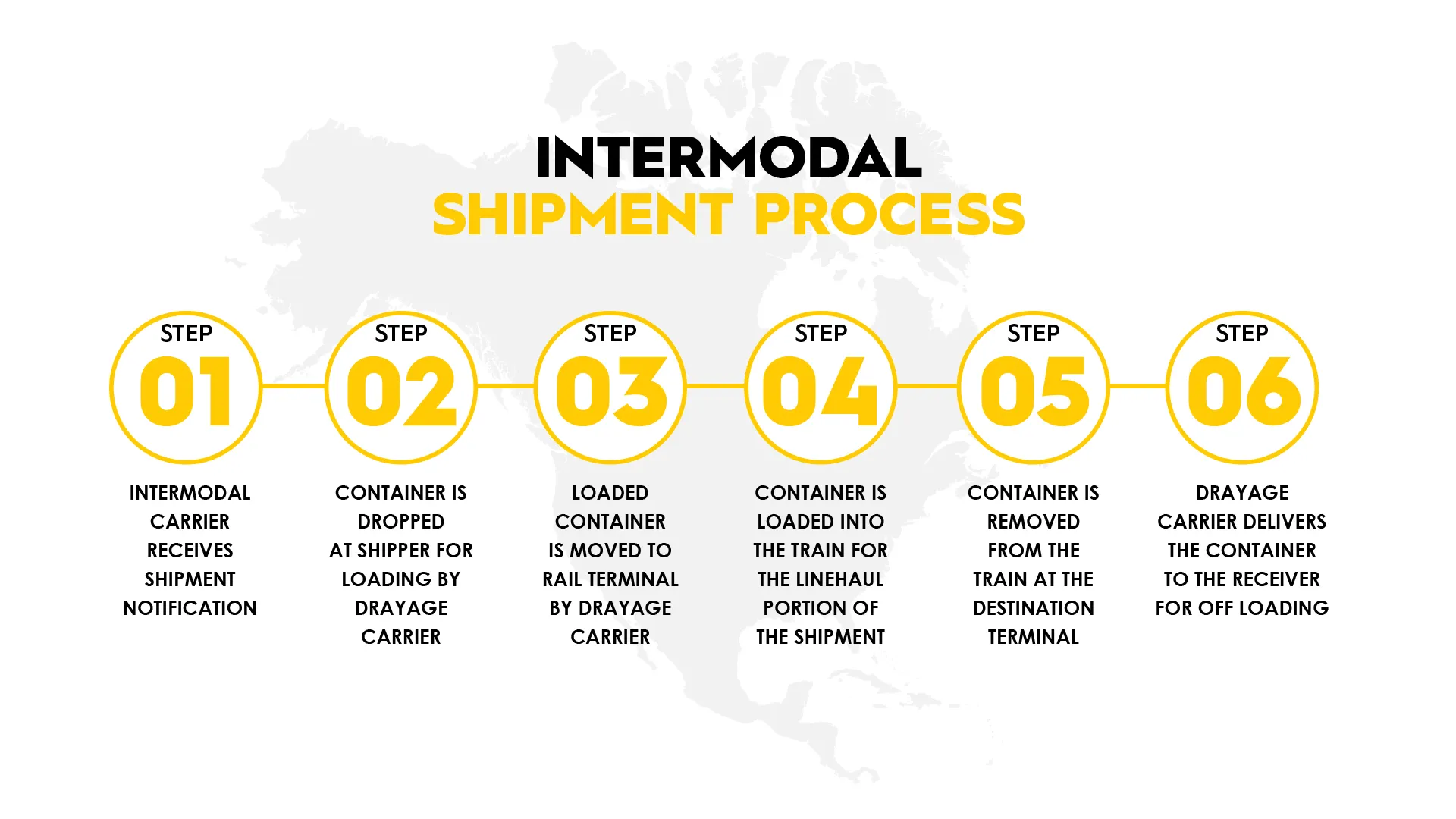
Advantages of Intermodal Shipping
The use of intermodal transportation offers benefits such as:
Cost savings
- 20-50% lower shipping costs on rail vs. over-the-road (OTR)
- Intermodal pricing is generally more consistent and fluctuates less than alternative forms of transportation.
Improved security
- Cargo security, railyard safety, and tracking technology improve when using rail.
Reduced environmental impact
- Utilizing rail is 3-4x more fuel efficient than moving freight over the road.
Capacity
- Including intermodal in your shipping strategy can help keep your supply chain fluid when OTR capacity shortages occur during periods like DOT week or peak seasons.
When to use Intermodal
Intermodal is a great option for the following types of shipments:
- High-value / High-security freight
- Project freight
- Drop & hooks
- High-volume and consistent shipments
- Spot freight
- Lanes over 600 miles
- Freight weighing 43,500lbs or less (domestic USA; cross border between the USA and Canada) or 57,000lbs or less (domestic Canada)
- Dry goods, temperature-controlled freight, or hazardous materials
- For companies looking to reduce their carbon footprint and improve their sustainability, intermodal is an excellent solution.
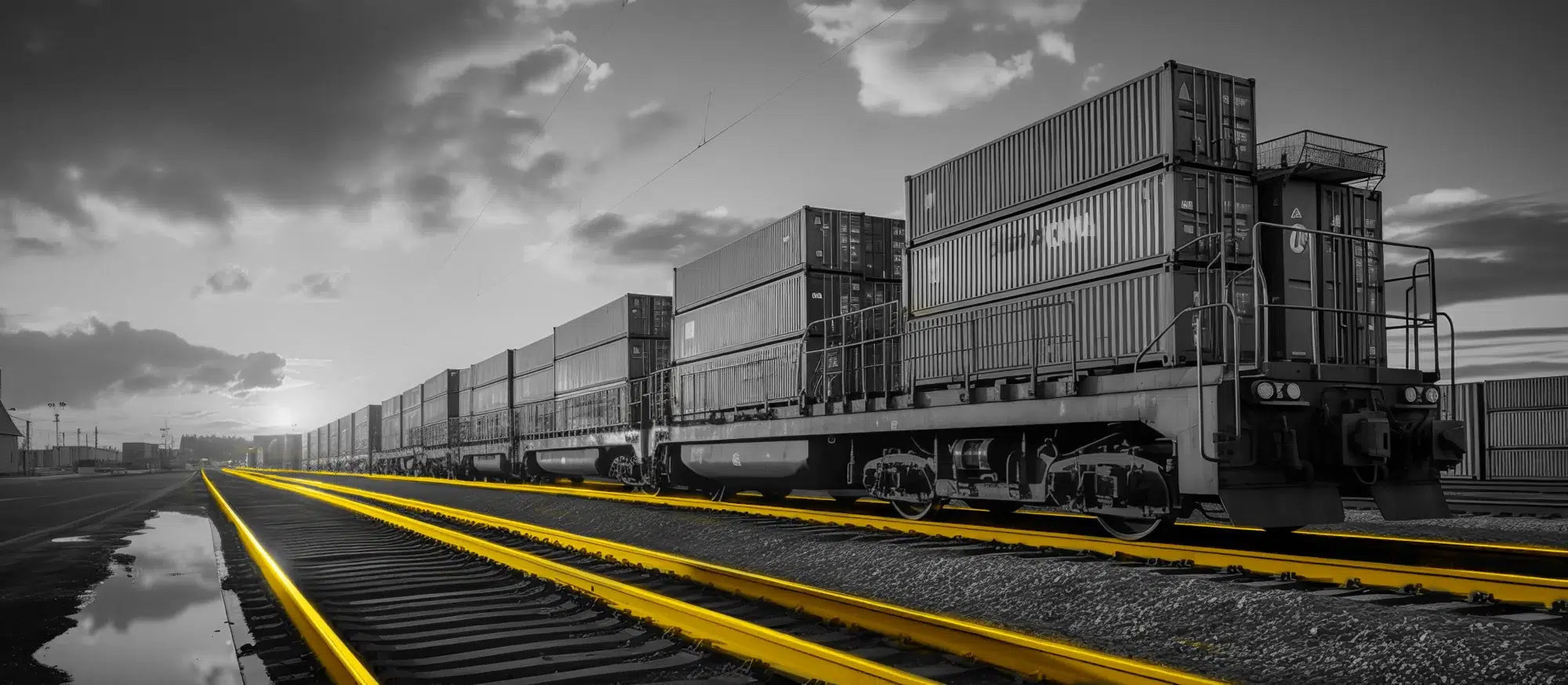
Subscribe!
Subscribe to receive the latest articles, newsletters, whitepapers, and industry news directly to your inbox.
"*" indicates required fields
Did You Know?
In the United States, shippers cannot work directly with Class I railroads and, therefore, must work with a carrier intermediary. There are two types of intermodal carriers:
- Resellers are brokerages that do not have direct relationships with the railroads in North America. Instead, resellers utilize IMCs to move their client’s freight. This setup is not ideal for companies looking to maximize their freight spend, as it means there is an additional layer of margin in their pricing. In addition, clients will have to deal with reduced visibility, inability to get contracted rail pricing, and will have little control over drayage options.
- Intermodal Marketing Companies (IMCs) are logistics providers that purchase capacity directly from the railroads and trucking companies to offer door-to-door solutions.
- Asset-Based IMCs own containers and, potentially, chassis and truck fleets. The benefit of using an asset-based intermodal provider is that they have complete control over their costs and equipment; however, they are limited to the equipment types they own and specific corridors based on their network.
- Non-Asset Based IMCs are 3PLs for Intermodal movements and offer services with direct cost management. As an IMC, TRAFFIX has direct relationships with all Class 1 railroads in North America, with access to owned and private equipment from multiple sources.
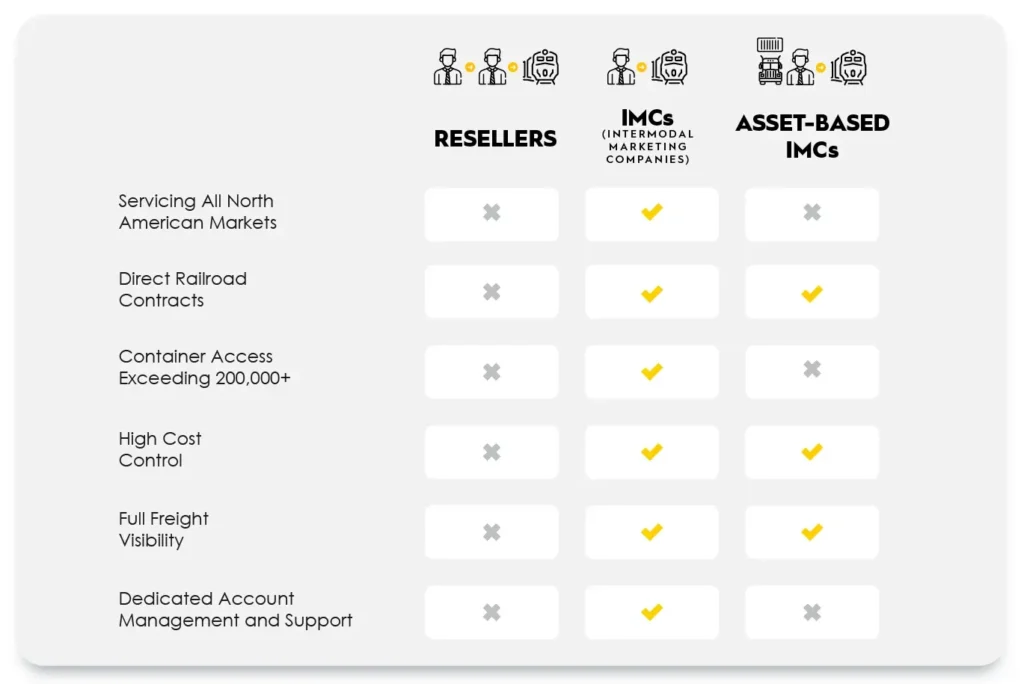
Pricing Types
Spot pricing – used exclusively for orders moving in the near future. Intermodal spot pricing is prone to rapid change.
Contract/Committed pricing – ideal for consistent volume opportunities. Three, six and 12 month pricing is available on most lanes.
Ready to talk intermodal? Contact us today!
